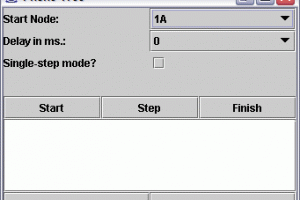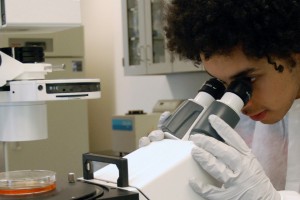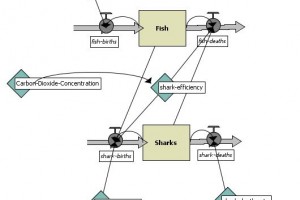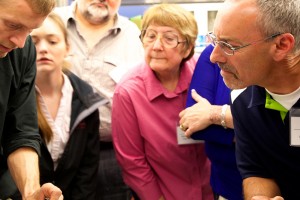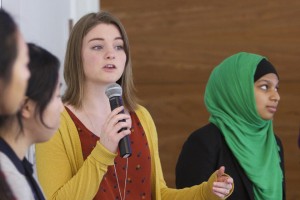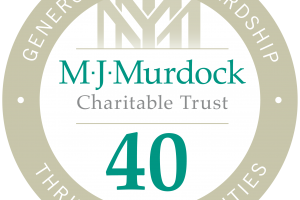Food security is a foreign concept to many Americans. Most believe that chronic hunger and malnutrition happens only to people in developing nations or to the homeless. In reality, 1 in 6 people in America go hungry every day and are not food secure. Throughout the lesson, students will develop and refine their understanding of food security and they are able to compare different countries and analyze what food security issues they have based on the three pillars using global statistics.
DNA is underlying information storage and hereditary unit of life on Earth. Conceptualize genetic diversity & its relationship to DNA, RNA & proteinsExamine genetic and species diversityRecognize gene variability through allelesDefine heterozygous, homozygous & epigenetics and their influence on genotype & phenotypePredict inherited genotypes and phenotypes with virus models Epigenetics Listening homework: http://www.radiolab.org/story/251885-you-are-what-your-grandpa-eats/ Virus models […]
Typically, Cytoscape is used to visualize and integrate molecular interaction networks with various data, such as gene expression profiles.
Video project for the Institute for Systems Biology Baliga Lab interns. Learn how to use hemocytometer.
Please join us as at NSTA in Chicago on March 13th, 2015! Two of our team members will be presenting a draft version of our latest modeling curriculum. We will walk teachers through this cross-disciplinary curriculum that teaches students how dynamic systems models are developed, evaluated, and applied to understand complex scientific issues such as cancer […]
Back by Popular Demand – A full 5 day workshop to learn about implementing systems science in your classroom! Teacher Testimonial about the 2013 Workshop: “…the best teacher workshop I have ever been to, and I’m generally very critical of these things. The summer workshop was such an eye opener and the students have been […]
Posted: March 14, 2014 The Baliga Lab at the Institute for Systems Biology (ISB) is currently hiring two high school teachers to work full time for approximately 8 weeks during the summer of 2014. Since 2004, the Baliga Lab has joined teachers with researchers, engineers, programmers, and student interns to develop standards-, research- and inquiry-based […]
Have you ever wondered… …what’s happening in current research labs? …what systems biology really is? …what STEM professionals do? …how people become STEM professionals? Have you ever wondered how you can EASILY incorporate… …interdisciplinary, hands-on science in your high school classroom? …systems science AND systems thinking into your high school curriculum? Then this workshop is […]
The Baliga Lab at the Institute for Systems Biology (ISB) is the winner of two grants in the amounts of $15,000 each from the MJ Murdock Charitable Trust for its 2013 Partners In Science Program. Each of these two year grants will enable two high school teachers to collaborate with scientists in conducting research projects […]
These modules are created based on National and WA State Standards.
For more information on which standards are addressed please see the appropriate link AND please also see the sections on “What Students Learn” and “What Students Do” within each module page.



